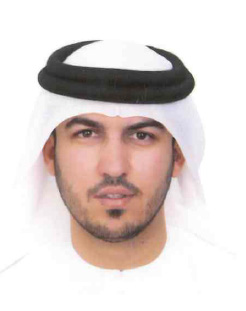Professor Jeehwan Kim
PI at MIT

Professor Ibraheem Almansouri
PI at Masdar Institute
In 2014, the cumulative installed capacity of solar photovoltaic technology was more than 178 GW. The photovoltaic market is mostly dominated by crystalline silicon (c-Si) solar cell technology, with 90% market share. For the mid-term PV market, crystalline silicon solar cell technology is expected to continue to dominate the PV industry. Yet, progress is slow in increasing beyond the current 25.6% level of efficiency. Hosting other materials on Si PV may unlock this theoretical limit of the Si-based solar cell.
One promising strategy is epitaxial growth of higher band-gap III-V materials as a top cell on top of a silicon wafer bottom cell to form a tandem structure. This could increase theoretical efficiency limits to above 43.0% for dual-junction stack devices, utilize the solar cell industry’s existing Si PV fabrication infrastructure, and ultimately reduce the levelized cost of electricity (LCOE) for PV electricity below the cost of grid parity.
This project will focus on three main areas:
Improving the efficiency of photovoltaic cells and significantly reducing the cost of fabricating these high efficiency devices will contribute to making photovoltaic technology more competitive with conventional sources of electricity production, thereby helping to promote the widespread use of photovoltaics in the UAE, the MENA region, and beyond.